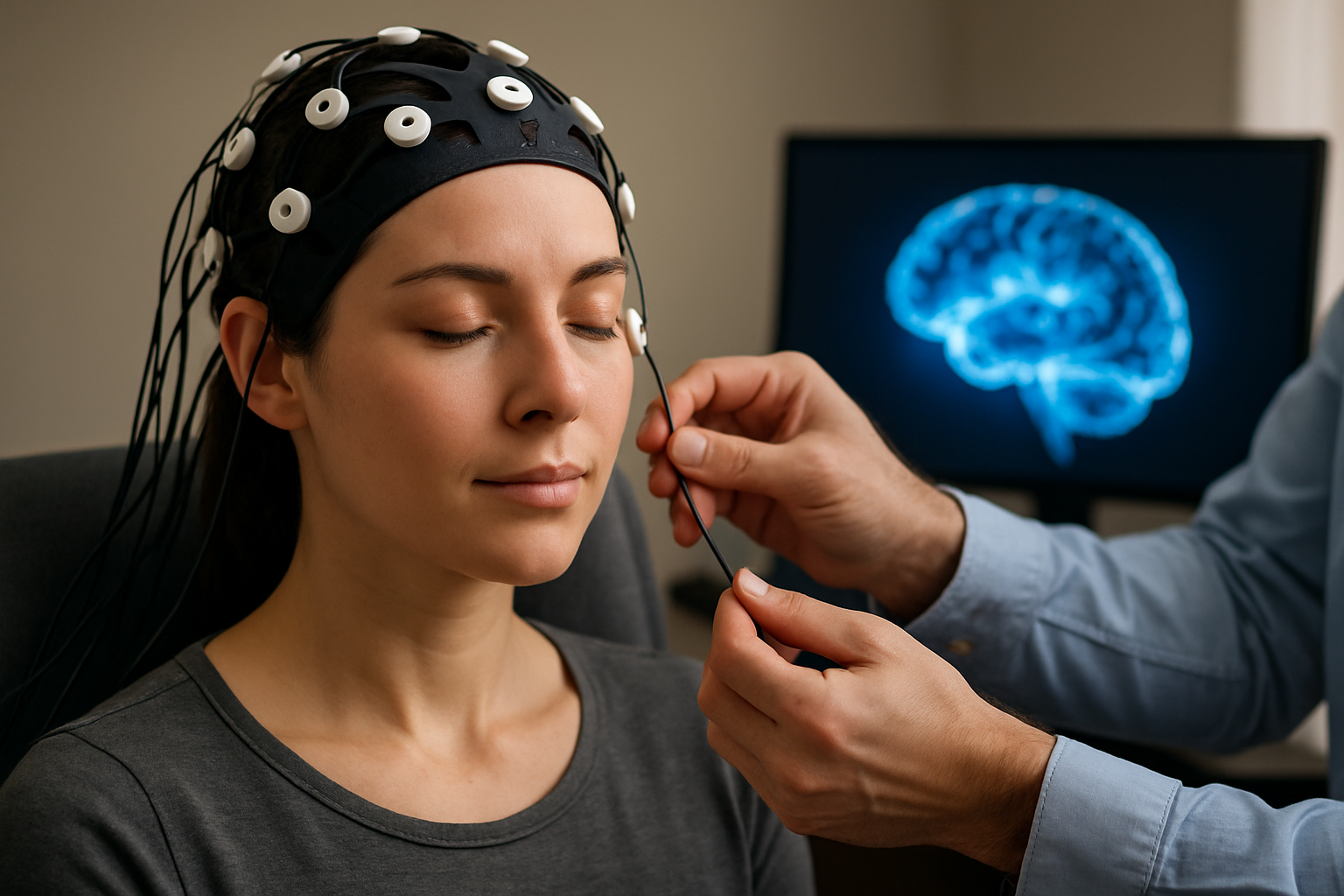Fast-Track Your Future: Train to Be a Certified Medical Assistant
Medical assistants support daily operations in healthcare by performing clinical procedures and handling administrative tasks in clinics, hospitals, and other care settings. Training for this role includes learning basic medical knowledge, communication, and record-keeping skills. This article explains what is typically covered in training programs, how certification works in different states, and what to expect in healthcare environments. The goal is to help you understand the path toward becoming a certified medical assistant and how to prepare for that process.

What does a certified medical assistant do?
Certified medical assistants perform a wide range of duties that blend clinical and administrative responsibilities in healthcare settings. Their tasks may include:
-
Taking patient vital signs and medical histories
-
Assisting physicians during examinations
-
Preparing and administering medications as directed by physicians
-
Performing basic laboratory tests
-
Scheduling appointments and maintaining medical records
-
Handling billing and insurance matters
The versatility of their role makes medical assistants valuable team members in clinics, hospitals, and other healthcare facilities.
How long does medical assistant training typically take?
The duration of medical assistant training programs can vary depending on the institution and the type of credential you’re pursuing. Generally, programs fall into these categories:
-
Certificate programs: Usually 9-12 months
-
Diploma programs: Typically 12-15 months
-
Associate degree programs: Approximately 2 years
While shorter programs can get you into the workforce more quickly, longer programs may offer more comprehensive training and potentially better job prospects. It’s important to consider your career goals and personal circumstances when choosing a program.
What can I expect during a typical medical assistant training course?
Medical assistant training courses are designed to provide a comprehensive foundation in both clinical and administrative skills. A typical curriculum may include:
-
Anatomy and physiology
-
Medical terminology
-
Pharmacology basics
-
Clinical procedures (e.g., phlebotomy, ECG)
-
Medical office procedures
-
Electronic health records management
-
Medical law and ethics
-
Communication skills
Many programs also include a hands-on externship component, allowing students to gain practical experience in real healthcare settings.
How do I become certified as a medical assistant?
Certification as a medical assistant involves several steps:
-
Complete an accredited medical assistant training program
-
Gain hands-on experience through clinical practicums or externships
-
Choose a certification exam (e.g., CMA, RMA, NCMA)
-
Study and prepare for the chosen exam
-
Pass the certification exam
-
Maintain certification through continuing education
While certification is not legally required in all states, many employers prefer or require certified medical assistants. Certification demonstrates your commitment to professional standards and can enhance your career prospects.
What skills are commonly used in patient care and record keeping?
Medical assistants employ a diverse set of skills in their daily work:
Patient Care Skills:
-
Taking vital signs
-
Assisting with physical examinations
-
Administering injections and medications
-
Performing basic laboratory tests
-
Educating patients on health and wellness
Record Keeping Skills:
-
Accurate data entry
-
Maintaining electronic health records
-
Scheduling appointments
-
Coding and billing
-
Ensuring patient confidentiality
Developing these skills during your training will prepare you for the multifaceted responsibilities of a medical assistant.
How much does medical assistant training cost?
The cost of medical assistant training can vary widely depending on the type of program and the institution. Here’s a general overview of potential costs:
| Program Type | Average Cost Range | Duration |
|---|---|---|
| Certificate | $1,200 - $4,000 | 9-12 months |
| Diploma | $5,000 - $15,000 | 12-15 months |
| Associate Degree | $10,000 - $30,000 | 2 years |
Prices, rates, or cost estimates mentioned in this article are based on the latest available information but may change over time. Independent research is advised before making financial decisions.
Additional costs may include textbooks, uniforms, and certification exam fees. Many institutions offer financial aid options, and some employers may provide tuition assistance or reimbursement programs.
Medical assistant training can be an accessible path to a healthcare career, with various options to suit different budgets and time constraints. While the promise of a “fast-track” to a new career can be appealing, it’s important to thoroughly research programs and understand the commitment required to become a skilled and certified medical assistant. Success in this field depends not only on completing a training program but also on developing strong clinical skills, maintaining professional certifications, and continually adapting to the evolving healthcare landscape.
This article is for informational purposes only and should not be considered medical advice. Please consult a qualified healthcare professional for personalized guidance and treatment.




